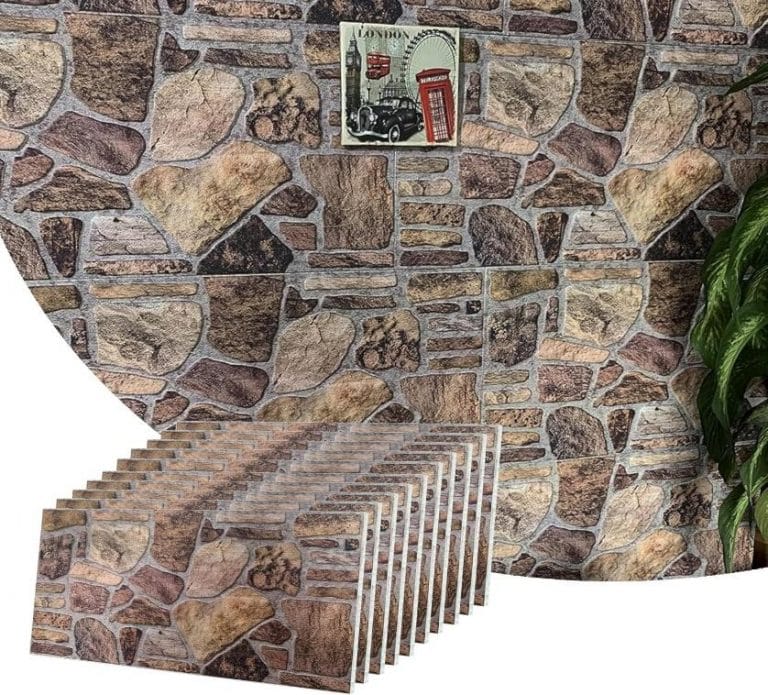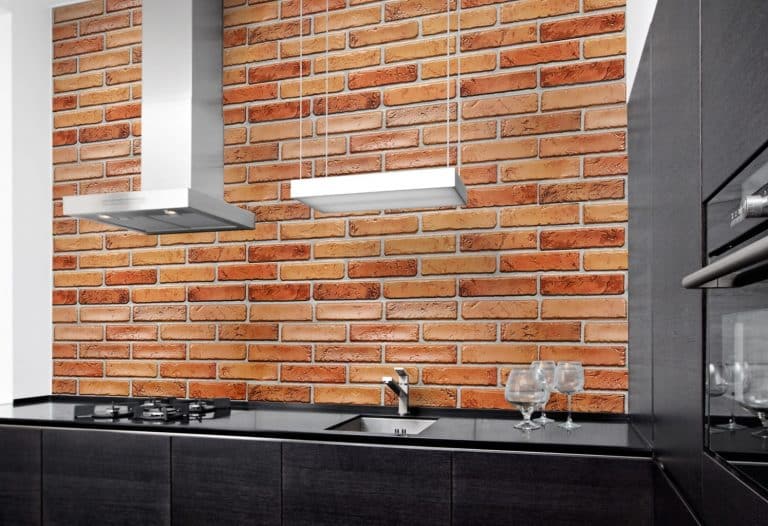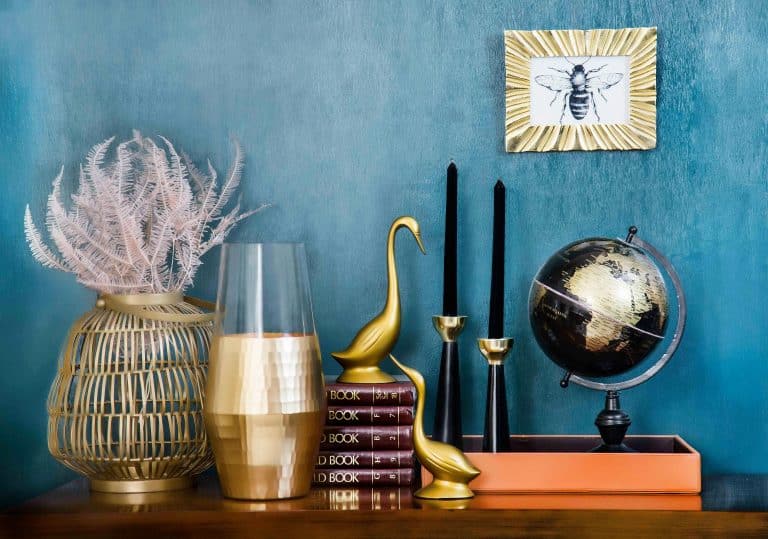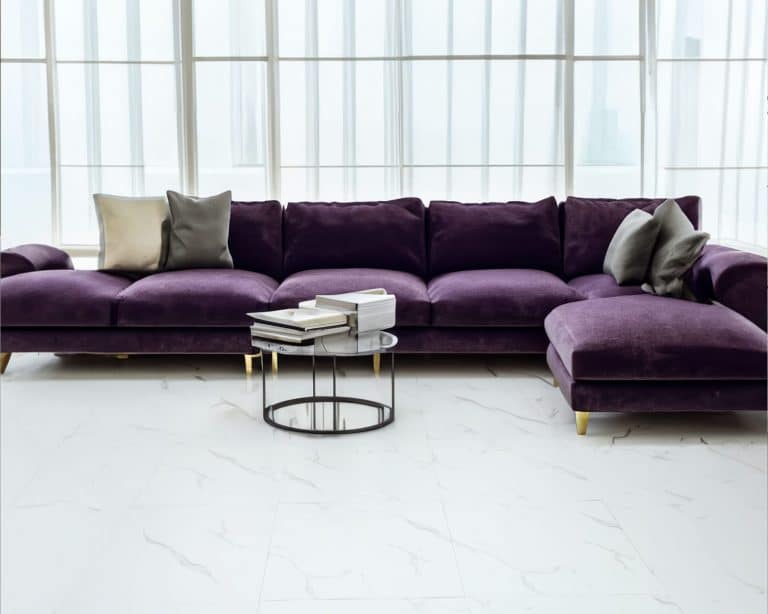No products in the cart.
Home > Historical Elegance: Classic Designs of Ceiling Tiles
Historical Elegance: Classic Designs of Ceiling Tiles
- January 25, 2024
- 6:39 pm

Ceiling tiles have long been an integral part of interior design, not just for their functional purpose but also for their aesthetic appeal. Over the years, trends have evolved, yet classic designs of ceiling tiles have managed to stand the test of time. In this exploration of historical elegance, we delve into the timeless charm of classic ceiling tiles and the enduring beauty they bring to architectural spaces.
Classic Design of Ceiling Tiles
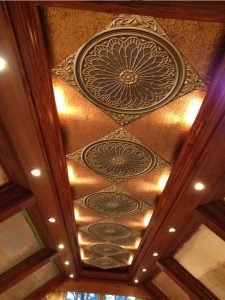
- Timeless Patterns and Motifs
Classic design ceiling tiles are distinguished by their timeless patterns that have stood the test of time. Ornate floral motifs, geometric arrangements, and delicate scrollwork are common features that harken back to historical design influences. These patterns are often inspired by architectural styles from the Renaissance, Baroque, and Victorian eras, showcasing a commitment to preserving the aesthetics of the past.
- Craftsmanship and Attention to Detail
At the heart of classic design is the meticulous craftsmanship that goes into their creation. Crafted from materials such as plaster, tin, or wood, these tiles are a testament to the skilled hands that bring intricate details to life. Artisans painstakingly carve, mold, or emboss the designs, ensuring that each tile is a work of art with a level of precision that reflects the craftsmanship of the eras that inspire them.
- Historical Influences
Traditional ceiling tiles often draw inspiration from specific historical periods, allowing them to embody the spirit of the past. Whether echoing the opulence of the Renaissance with its lavish ornamentation or capturing the grace of Victorian design with intricate floral patterns, these tiles serve as a visual journey through time. The historical influences add depth and significance to the designs, making them more than decorative elements—they are a tangible link to our architectural heritage.
- Materials that Stand the Test of Time
The choice of materials in crafting classic design ceiling tiles is crucial to their longevity and aesthetic appeal. Plaster, tin, and wood are commonly employed for their durability and the ease with which intricate details can be realized. These materials not only contribute to the visual richness but also ensure that they withstand the passage of time, preserving their beauty for generations to come.
- Versatility in Design Applications
Despite their historical roots, traditional tiles exhibit a versatility that makes them relevant in diverse applications. From traditional settings to contemporary spaces, these seamlessly blend with various architectural styles. The adaptability of classic design allows for the creation of visually stunning ceilings in settings ranging from grand ballrooms to intimate dining spaces, adding a touch of timeless elegance wherever they are employed.
Classic Ceiling Tile Options
Let’s explore the classic designs of ceiling tiles that have stood the test of time and continue to evoke a sense of historical elegance.
Tin Ceiling Tiles
- 19th Century Elegance: Tin ceiling tiles gained popularity in the late 19th century in North America. They were initially used as a cost-effective alternative to intricate plasterwork, bringing a touch of luxury to homes and businesses.
- Patterns and Embossing: Intricate floral and geometric patterns, as well as embossed textures, were common features. These designs reflected the craftsmanship of the era and added depth to ceilings.
Victorian Plaster Ceiling Roses:
- Exquisite Detailing: The Victorian era embraced elaborate plasterwork, and ceiling roses were a prominent feature. These circular or oval ornaments adorned the center of ceilings, often surrounding a chandelier.
- Floral and Geometric Motifs: Victorian plaster ceiling roses showcased a variety of floral and geometric motifs, displaying the craftsmanship and attention to detail characteristic of the period.
Art Deco Ceiling Tiles:
- 1920s Glamour: The Art Deco movement of the 1920s and 1930s introduced bold and glamorous design elements. Art Deco ceiling tiles featured sleek lines, geometric patterns, and stepped or angular shapes.
- Luxurious Finishes: Brass, chrome, and other metallic finishes were popular choices, contributing to the overall opulence of Art Deco interiors.
Coffered Ceilings of the Renaissance:
- Architectural Splendor: Coffers, or sunken panels, were a hallmark of Renaissance architecture. These ceiling designs featured a grid of recessed panels adorned with ornate carvings or paintings.
- Symbolic Elements: Renaissance coffered ceilings often incorporated symbolic elements such as mythological figures, religious symbols, and intricate scrollwork.
Moroccan-inspired Ceiling Tiles:
- Exotic Influences: Moroccan design has influenced interior aesthetics with its vibrant colors and intricate patterns. Moroccan-inspired ceiling tiles often feature geometric shapes and arabesque patterns.
- Mosaic Beauty: Mosaic tiles, often used in Moroccan designs, add a touch of exotic beauty to ceilings, creating a captivating visual impact.
In essence, the classic design of ceiling tiles encapsulates the essence of historical elegance, offering a glimpse into the craftsmanship, patterns, and influences that have shaped the rich tapestry of design throughout the ages. These tiles not only serve as functional elements within a space but also as exquisite expressions of the enduring beauty found in classic design.
Related Posts
A Complete Benefits Guide To Stone Wall Panels
Are you craving the textured feel of a rustic Italian villa or the industrial vibes of a Brooklyn loft? Believe …
The Complete Guide to Brick Wall Panels: Benefits, Installation, and Design Ideas
Faux brick wall panels have become popular with homeowners and designers because of their rustic appeal. They mimic the look …
How to Find Your Decorating Style: A Journey to Personalizing Your Space
Your home is your sanctuary, a reflection of your personality, preferences, and lifestyle. “Discovering your ideal interior design style is …
Student Living Made Easy: Why Peel and Stick Flooring is Ideal for Dorms – Copy
Benefits of Peel and Stick Flooring in Dormitories Stylish Options for Dorm Room Flooring Transform Your Dorm with Peel and …

